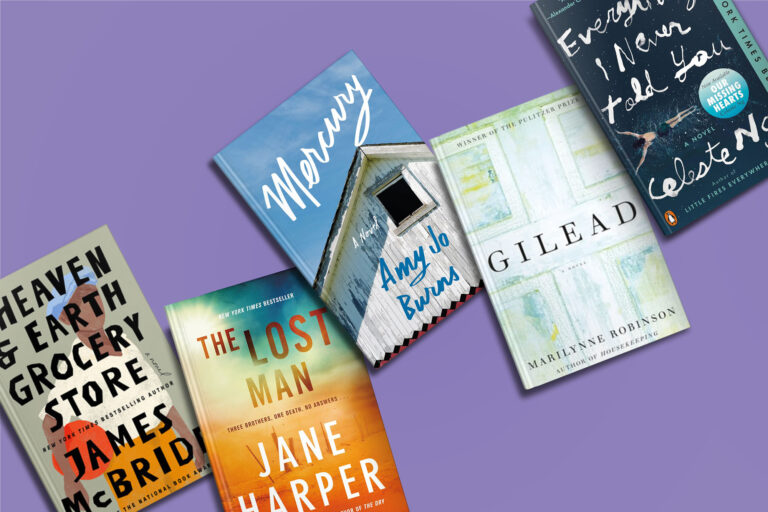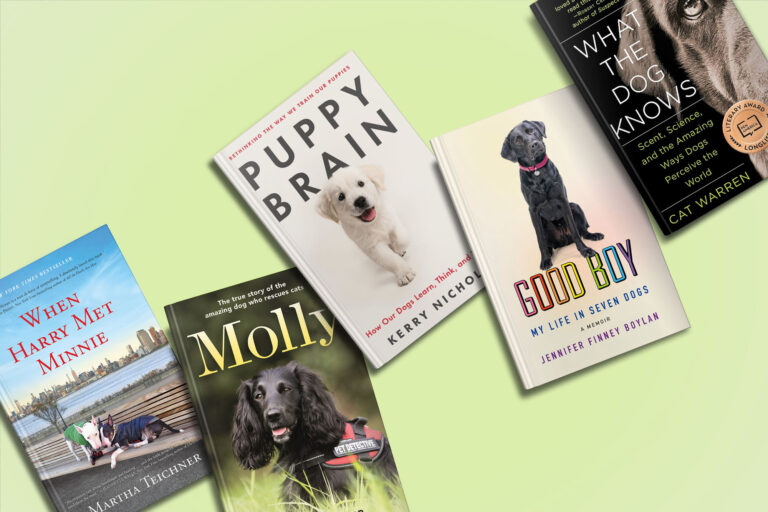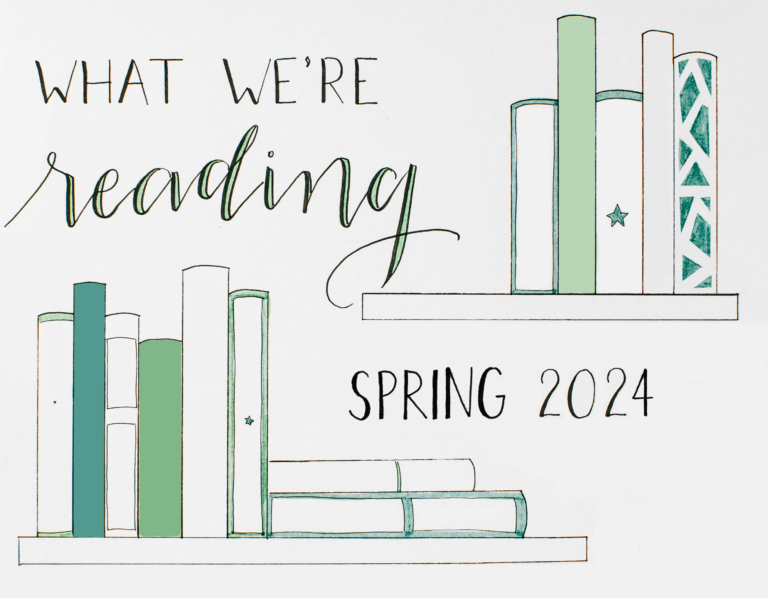We could all use a refresher course on social interaction, so we rounded up the best books on communication to enhance our skills. Let the lasting life lessons and in-depth research in the books below help strengthen your relationships, improve your conversational abilities, and spark new friendships with those around you.
Books on Communication to Help Boost Your Social Skills
By Jessica Dukes
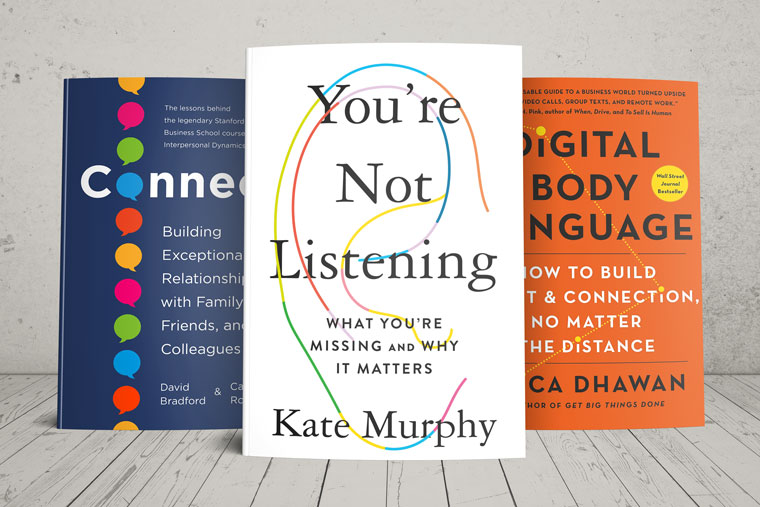
Elevate your conversation game with these enlightening reads.
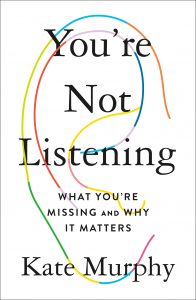
You’re Not Listening: What You’re Missing and Why It Matters
By Kate Murphy
If you feel your social skills aren’t what they used to be, don’t worry — you’re not alone. One way to feel connected again? Start listening to others. In You’re Not Listening, Kate Murphy draws on fascinating case studies and years of research to show us why the goal of listening is to understand the person before you, not to educate them, “fix” them, or change their mind. By having the patience to listen, you’ll eventually have more meaningful conversations, develop healthier relationships, and feel more comfortable while socializing.
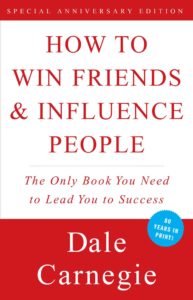
How to Win Friends and Influence People
By Dale Carnegie
In 1912 Dale Carnegie began conducting a series of lectures on public speaking, relationships, and business practices. And in 1936 he transformed his popular course into the first edition of How to Win Friends and Influence People. It soon became one of the bestselling books of all time. Years later, many sections from Carnegie’s first edition are still included in the book today. Wondering how Carnegie’s methods for improving communication and nurturing our social and professional relationships have endured for so long? Millions of readers would simply say: “Because they work.”
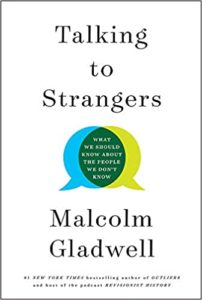
Talking to Strangers: What We Should Know About the People We Don’t Know
By Malcolm Gladwell
Bestselling author Malcolm Gladwell combs through history and present-day events to point out the many ways we misunderstand one another — and, more importantly, why our judgment is often so wrong. It’s human nature to cultivate an opinion about the people you meet on the street or read about in the news. But Gladwell argues that the approach we take to talking to strangers is flawed, and he challenges us to reevaluate our technique. It won’t be easy, but the results are more than worth it, from healthier personal relationships and clearer communication to a less conflict-driven world.
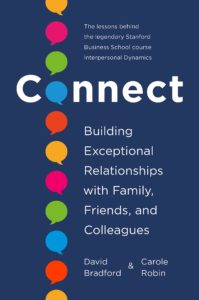
Connect: Building Exceptional Relationships with Family, Friends, and Colleagues
By David Bradford, Ph.D., and Carole Robin, Ph.D.
For decades, Dr. David Bradford and Dr. Carole Robin have taught a course called Interpersonal Dynamics at the Stanford Graduate School of Business. The course’s goal — building a relationship — may sound too complex or abstract to pin down in a single semester. But as Dr. Bradford and Dr. Robin teach their students, there’s a process to building lasting connections with others. This book reveals their process. First, you’ll learn why the most durable relationships are those that confront challenges head-on and make you feel seen and heard. Then the authors reveal how expressing yourself clearly and being honest and vulnerable will deepen your connections with others, making each relationship exceptional instead of shallow.
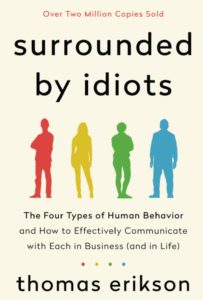
Surrounded by Idiots: The Four Types of Human Behavior and How to Effectively Communicate with Each in Business (and in Life)
By Thomas Erikson
Every now and then, you meet someone who’s impossible to communicate with, and your relationship quickly becomes one of frustration or even avoidance. In Surrounded by Idiots, Thomas Erikson explains why this happens and what you can do to foster better communication and connections. Erikson presents four distinct personalities and the best way to interact with each type, whether in a meeting, at a party, on a phone call, at home, or in writing. Eventually, as you improve your communication abilities, the different types before you will become better at communicating with you.
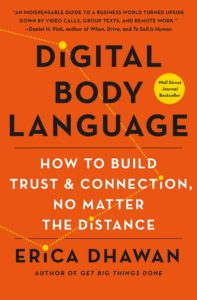
Digital Body Language: How to Build Trust and Connection, No Matter the Distance
By Erica Dhawan
Digital communication is forever in flux, evolving with every new technology that we adopt. Nevertheless, one thing remains fixed: Interacting with others via our devices is not going away. In Digital Body Language, Erica Dhawan urges us to think about how we’re communicating online and offers a framework for making sure that things like punctuation choices or badly placed emojis don’t derail our conversations. Indeed, digital communication is especially vulnerable to misinterpretation, given that it rarely includes IRL cues like smiles, nods, or frowns. Whether you’re texting with friends, sending an email to a loved one, having a video chat with a colleague, or posting to social media, establishing rules allows everyone to be understood and build trust with one another.
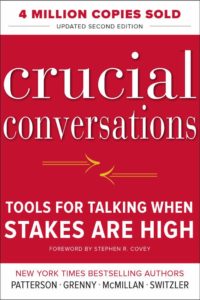
Crucial Conversations: Tools for Talking When Stakes Are High
By Kerry Patterson, Joseph Grenny, Ron McMillan, and Al Switzler
Difficult conversations are always a challenge. But if we’re smart about how we handle these talks, the results can be life-changing. In Crucial Conversations, readers will find a road map to navigating hard conversations. The book’s authors offer handy tips to establish clear and fruitful communication and guide you on what to say (and what not to say) in the heat of the moment. The goal is to break through the difficult parts of the conversation to create relationships that are grounded in reality and based on honesty.
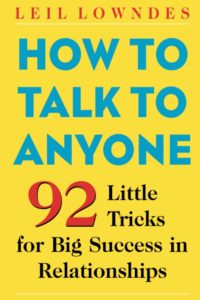
How to Talk to Anyone: 92 Little Tricks for Big Success in Relationships
By Leil Lowndes
If you hate small talk, especially with strangers, and wonder why it seems so effortless for others, Leil Lowndes’ How to Talk to Anyone is the book for you. As the author illustrates, succeeding at small talk isn’t magic, but rather a process that includes creating a dynamite first impression and understanding your body language. Lowndes also offers tips on how to read the room, find graceful ways to insert yourself into conversations, and hold your own in conversations with powerful and intimidating people. Based on years of research, the tips found in Lowndes’ narrative are easy to understand. With a little courage, you’ll be able to work a room in no time.
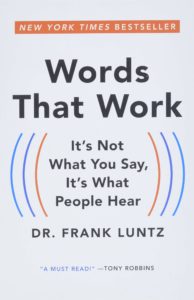
Words That Work: It's Not What You Say, It's What People Hear
By Dr. Frank Luntz
We’ve all been there — a conversation screeches to a halt after someone says something that everyone else recognizes as “off.” Communication breakdowns such as these intrigue Dr. Frank Luntz, and indeed they inspired him to write Words That Work. Through in-depth research, Dr. Luntz has concluded that by choosing our words carefully, we can avoid conflict and steer our lives toward success. Whether you’re trying to ask for a raise, grow your business, or even avoid a traffic ticket, Luntz’s methods help us tune in to the needs of others and employ simple rephrasings that deliver tangible results.
Share with your friends
Facebook
Twitter
LinkedIn
Pinterest
Related Articles
You’ll happily get lost in these transporting reads.
For readers who are just as dog-obsessed as Team Celadon, we assembled a pack of captivating tales about our furry four-legged friends.
The Celadon Team share their spring reading list, including thrilling literary mysteries, powerful historical fiction, comedic memoirs, and more.
Celadon delivered
Subscribe to get articles about writing, adding to your TBR pile, and simply content we feel is worth sharing. And yes, also sign up to be the first to hear about giveaways, our acquisitions, and exclusives!
Newsletter
"*" indicates required fields
